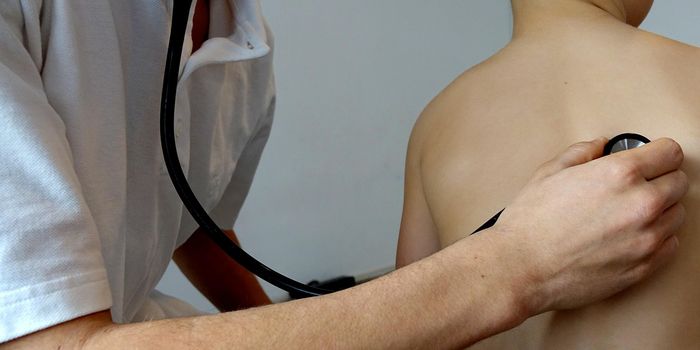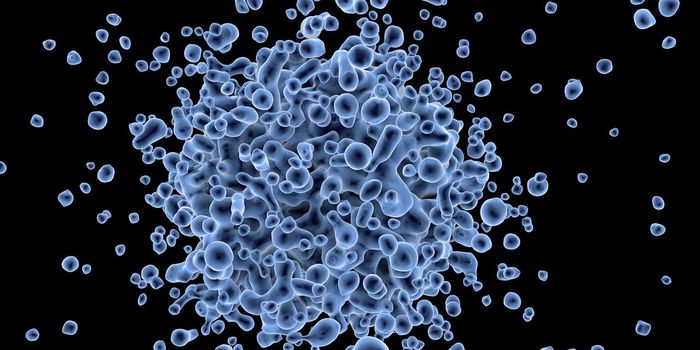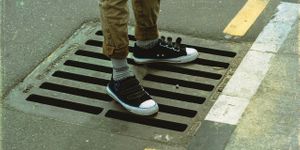Using Natural Sugars to Label & Trace Stem Cells
The ability to see things in living tissues has always been challenging for researchers. When scientists are studying cells, the various parts of the cell, like DNA or mitochondria, have to be labelled so they can be visualized. An investigator who has been working on labeling and imaging techniques for many years and his team have now found that stem cells carry natural sugars that can be used as trackers, which don't need the application of synthetic labels to be seen when they are injected into mouse brains. Now, experimental therapies can be studied more easily. The findings have been reported in Nature Biotechnology.
While more confirmation will be needed with additional experiments, this research is a proof-of-principle concept that could rapidly advance research on tools created for the treatment of brain disorders.
Senior study author Jeff Bulte, Ph.D., a professor of radiology and radiological science at the Johns Hopkins University School of Medicine noted that current methods that label cells that are needed in clinical studies involving people are expensive and difficult. They have to be carefully evaluated for safety.
Bulte's team found a better way forward with stem cells called mesenchymal stromal cells, which are found in the bone marrow and can differentiate into many different types of cells. The researchers found that mesenchymal stromal cells contain high levels - more than twice the amount seen in other cells - of mannose, a sugar that is similar to glucose. Mannose can be easily seen with an imaging tool that is based on MRI. Mammalian cells don't typically have a high sugar content, and the team thought this would be a good way to tell the difference between these stem cells and other types of cells in the brain.
Four types of human cells, including mesenchymal stem cells, were injected into the brains of a mouse model. Each dose carried about 300,000 cells. Over two weeks, clusters of the cells were identified in the brains and tracked.
The signal output of mesenchymal stem cells was around 60 percent higher than other cell types, and they were easy to see even two weeks after the injection. Only live cells produced a signal, so this technique could also be used to assess the survival rate of cells, the researchers noted.
The researchers are now interested in whether sugar molecules in stem cells could reveal whether they differentiate into other types of cells.
“It’s extraordinary to find, 30 years after starting my research in the field of labeling cells, that these mesenchymal stem cells in the brain don’t need to be chemically labeled for tracking purposes after all, and there may be better, easier ways to track these cells in the brain,” said Bulte.
Sources: Johns Hopkins University, Nature Biomedical Engineering









